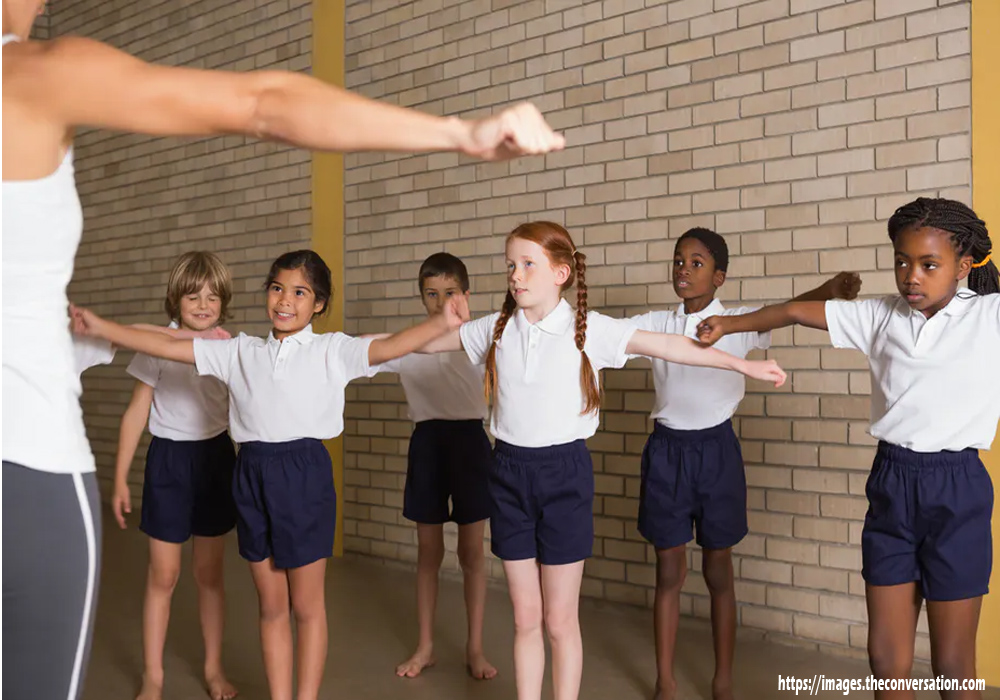As a teacher, you may be unaware of the extensive list of standards that are required for each grade level. These standards help teachers know what to teach and how to teach it in order to prepare students for future success. Although every school district has its own unique way of teaching, most follow the same general pattern when it comes to language arts and social studies classes. This article will discuss these two content areas, as well as their specific standards for inclusive classrooms that can benefit special education students.
The purpose of this article is to provide a brief overview of the grade level content area standards for inclusive classrooms and explain why it is important to teach all students in an inclusive classroom.
- A brief introduction should be included at the beginning of your paper that includes a thesis statement, thesis topic, and main idea. The introduction should do more than simply state what you are going to talk about; it should also give readers an idea of why they should care about what you’re saying (or will say).
The Benefits of Teaching Language Arts and Social Studies in the Elementary School
In order to develop critical thinking skills, children need to be taught language arts and social studies from an early age. As they grow older, it is important that they continue to learn these subjects because they are intertwined with one another. In addition to being able to think critically about the world around them, children also need these skills when it comes time for them to go off into the real world after graduation from elementary school or middle school.
The Benefits of Teaching Language Arts and Social Studies in the Elementary School
Teaching Social Studies in an Inclusive Classroom
Social studies is a good way to teach students about the world around them. It helps them see how people think and act, as well as how they can become better citizens. Social studies also teaches children how to be inclusive and accepting of others.
Inclusive classrooms are important because they allow all students an opportunity to learn in an environment where they feel safe, comfortable and accepted despite differences in race, gender or economic status
Social Studies Standards for Grades K-2, 3-5, 6-8, and 9-12
Social studies standards for grades K-2, 3-5, 6-8, and 9-12 are included in this section. You can use these standards as a guide to help you plan your classroom activities. You may want to incorporate social studies into your everyday lesson plans or use them when planning special events such as field trips or assemblies.
You can also use the social studies standards when teaching students with special needs because they cover many different topics that will be useful for all of your students (for example: geography skills).
The Benefits of Teaching Math in the Elementary School
One of the most important benefits of teaching math in the elementary school is that it’s an essential skill for everyday life. As you read this, you’re probably counting how many words I’ve written so far and wondering if there are enough left to make it worth your while to keep reading. You might also be thinking about how many people have read this article so far, or whether someone will share it on Facebook.
Math skills are developed through play as children learn to count and order objects based on size or number (grade 1), identify patterns in numbers and operations (grade 2), solve problems involving addition, subtraction, multiplication and division (grades 3-6)
Math Standards for Grades K-2, 3-5, 6-8, and 9-12
- The standards are organized by grade level.
- The standards are organized by subject area, so you can find them easily.
- The standards are organized by content, so you can find them easily.
- The standards are organized by learning objective, so you can find them easily
Teachers should use inclusive teaching strategies when possible.
Teachers should use inclusive teaching strategies when possible.
Teachers should teach to the whole class and use a variety of teaching strategies. Teachers should also use visual aids and cooperative learning strategies to help students learn content area standards. In addition, technology can be used in classrooms as an inclusive teaching strategy because it can help all students learn at their own pace while still engaging with other students in their classroom community
As we’ve seen, the grades K-12 social studies and language arts standards are rich with opportunities for inclusive teaching strategies. These standards provide teachers with clear guidelines for how to teach students at all levels of ability, as well as methods for making content accessible to all students in their classrooms. Inclusive teaching practices help create a safe environment where all learners can learn together while still maintaining their unique strengths and interests.




